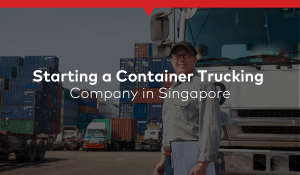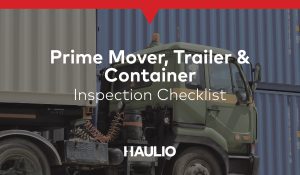Container Stuffing and Stripping
Avoid cargo damage by following some tips and tricks when handling your cargo during container stuffing and stripping.
What is Container Stripping and Stuffing?
Container stripping is the unloading or unpacking of cargo from the container.
Conversely, container stuffing refers to the loading of cargo onto the container, with the aim to use as much of the container’s capacity while ensuring that the cargo will be protected from loss or damage during transit.
What Should You Take Note of When Stuffing a Container?
When stuffing a container, cargo handlers should plan each container load for ease of unloading or “stripping” at destination. Below are some general guidelines for stuffing a container.
General Guidelines for Container Stuffing

1. When cargo for more than one consignee has been consolidated, the cargo for each stop should be physically separated by partitions, dividers, paper, or plastic sheets.
2. Cargo to be stripped or unloaded first should be stuffed into the container last.
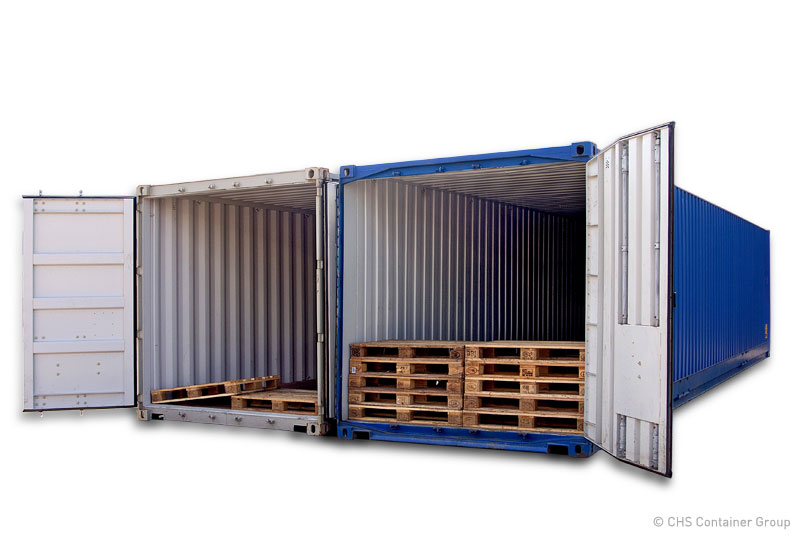
3. Place forklift openings in pallet or skids facing the door of the containers, so that they can be easily removed by forklifts during stripping/unloading.
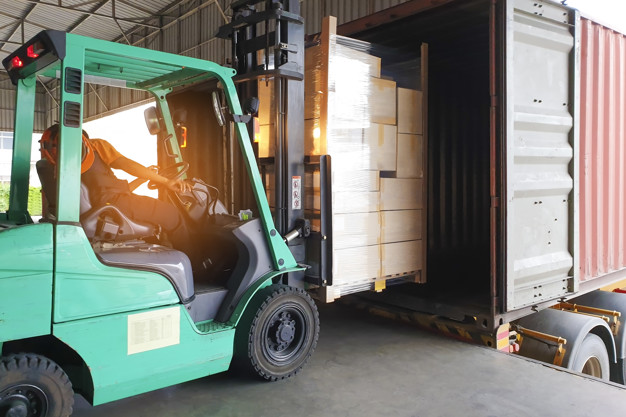
4. Provide a lift clearance at the top (minimum of 4 inches) for items to be handled by the forklift.
5. Avoid wedging or jamming cargo into containers.
6. Place heavy items and wet commodities on the bottom with light and dry commodities on top.
7. Do not stuff dangerous cargo with incompatible items already in a container.
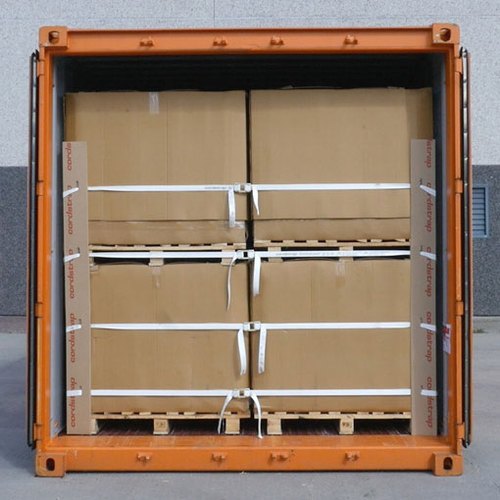
8. Distribute cargo weight as evenly as possible throughout the container so that the container is properly balanced.
9. Stow cargo tightly in the container so shifting will not occur and cause heavy items to be thrown through the container walls. Where necessary, secure each single loaded item independently and use non-slip surface materials to refrain packages from sliding.
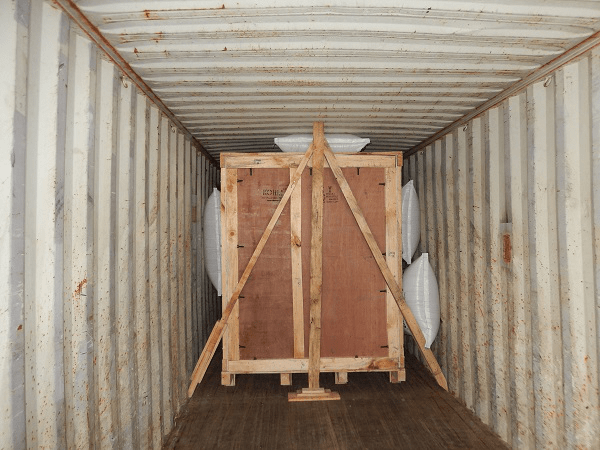
10. If the cargo does not fill the container, block and brace the cargo accordingly to prevent it from moving during transit.
11. Do not exceed the maximum payload of the container or the maximum allowed gross mass according to the CSC plate, road, and rail regulations.
Tips for Securing Cargo
When securing cargo, it should be blocked or braced to prevent movement during transit.
- Blocking refers to preventing the load from moving laterally (side-to-side).
- Bracing refers to preventing the loading from moving vertically (up-and-down).
Blocking and bracing can be done using a combination of dunnage (such as timber beams, empty pallets, plastic foam or inflatable bags) or lashing (with ropes, straps, chains or netting) to prevent the cargo from sliding, bouncing and tipping in any direction.
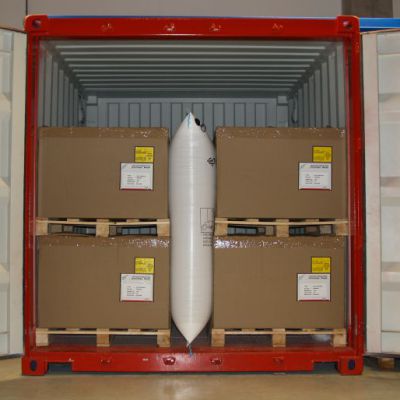
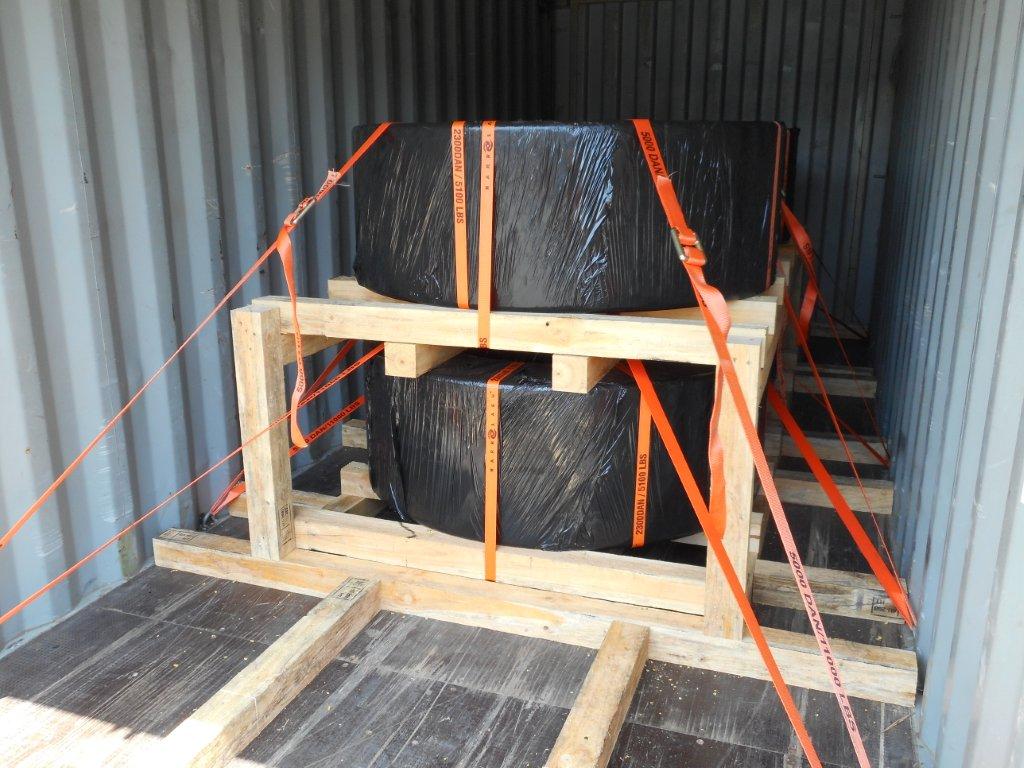
Generally, you should take note of the tips below when securing your cargo:
- Use hooks or shackles to fasten lashings where applicable.
- Arrange bracing and shoring that stays intact and keeps cargo in place.
- Do not secure the cargo with devices overstressing the structure of the container or the cargo.
- Do not overstress securing devices.
- Do not over tighten securing devices so that the packaging or goods are damaged.
- Do not fasten web lashings by means of knots.
- Protect edges where lashing material passes over with appropriate edge protectors.
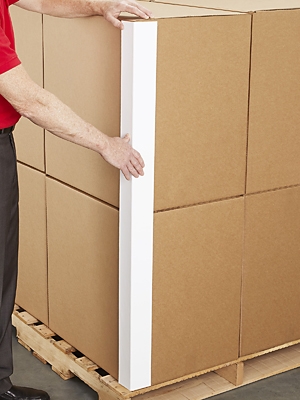
Types of Cargo & the Suitable Stuffing Method
Based on the characteristics of the cargo, it is essential for cargo handlers to select the best securing methods, mode of transport and type of container to transport the cargo safely.
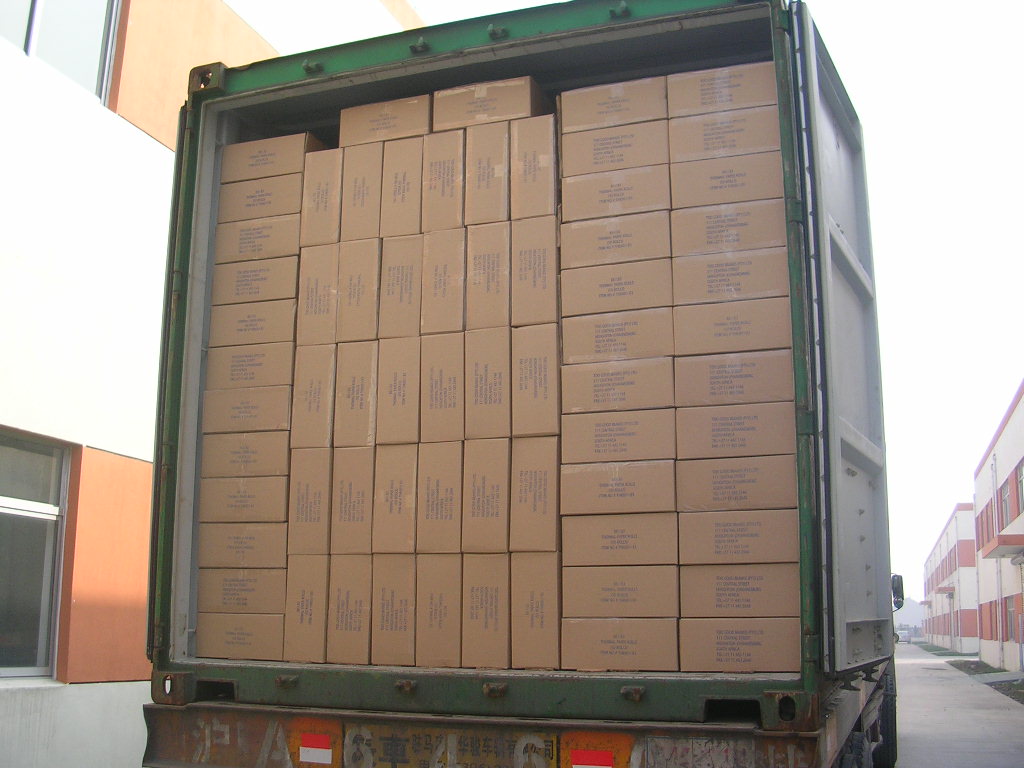
1. Cardboard Cartons
Cardboard cartons are probably the easiest type of cargo to stuff in containers, especially when the cartons are of equal size.
However, because of their routine nature, basic stuffing techniques are often overlooked. Cargo handlers should preplan the load and establish the stuffing pattern.
The weight should be evenly distributed throughout the container. Cargo handlers should ensure that, if possible, the load is tight and square from front to back and from wall to wall.
The cartons should be either turned or staggered when stuffed to produce lacing effect, which gives the load more stability and reduces shifting.
If needed, the door of the container can be blocked.
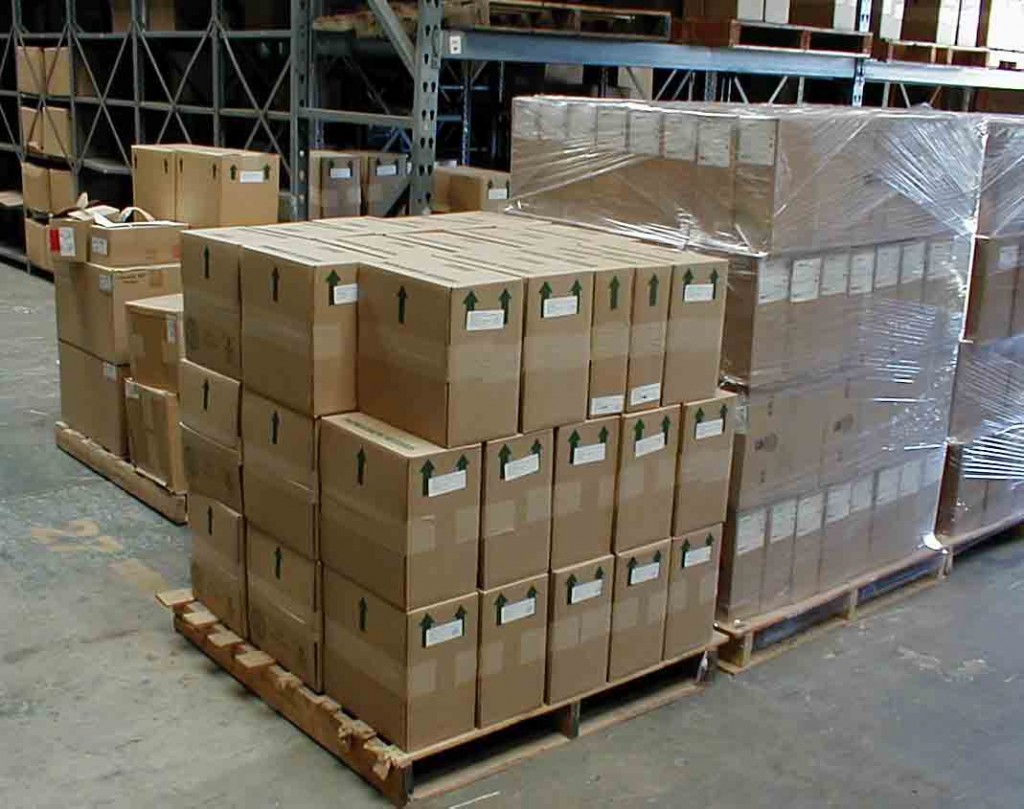
2. Palletized Cargo
Palletization is the act of shrink-wrapping loose cargo on top of pallets to increase the ease of handling, speed of loading, and protection of the cargo during the transportation process.
If you choose to palletize your FCL shipment, you will not be able to fit as many cartons as the pallets themselves take up space in the container. However, palletized cargo will be easier and faster to unload, because the destination warehouse will be able to use forklifts to unload the cargo more easily.
When using pallets, it is preferable to choose one of the two widely accepted sizes: the Standard type (1m x 1.2m) or the “Europallet” (0.8 x 1.2m).
As a rule of thumb, a 20’ container can take 11 Europallets or 9-10 Standard pallets in one deck. A 40′ container can take 23-24 Europallets or 20-21 Standard pallets in one deck.
When stacking cargo on pallets, they should be arranged in columns. Avoid placing cargo beyond the pallet edges. Cargo should also be shrink-wrapped and lashed to secure it to the pallet.
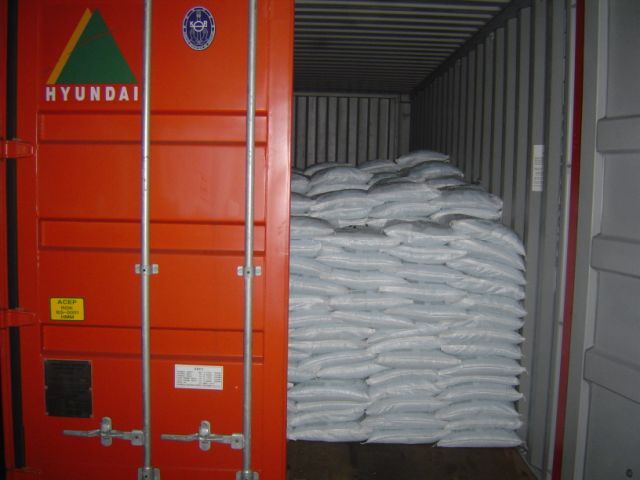
3. Bagged, Sacked or Baled Cargo
For bagged, sacked or baled cargo, it should be stuffed in cross-tiers i.e. in alternate placements. This method provides the most stability, and is usually used for less-than-container (LCL) loads of bagged cargo.
As with most other types of cargo, container loads of bagged material should be braced across the door to prevent the bags from falling out when the container is opened.
If needed, cargo handlers should also:
- Flatten Bags.
- Use sufficient dunnage layers on the container deck to provide a sump area for condensate drainage.
- Separate bags, sacks, or bales from other cargo by using partitions or auxiliary decks.
When stuffing bales, provide dividers between rows and tiers to prevent chafing and friction between metal bands or strapping.
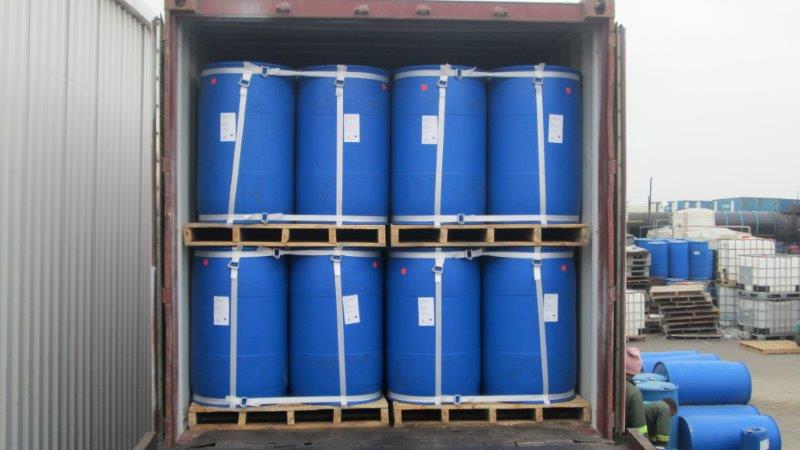
4. Drums
Drums should be placed tightly against each other to avoid shifting.
If there is any unused floor space, brace the load with chocks to prevent the drums from tipping or shifting.
Drums should be placed upright with bungs placed on top, packed tightly, and, preferably, palletized. Depending on the weight limitations of the container, palletized drums can be stacked. They should however be properly stacked, and tied down.
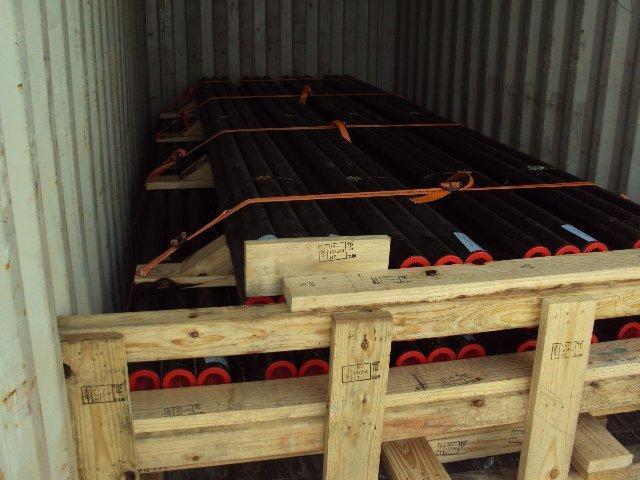
5. Rolls
Rolls should be packed closely together when they are stowed upright.
Any empty spaces between the rolls should be filled in by sacks of sawdust, corrugated cardboard or similar soft dunnage. The rolls should be secured using timber, nets or wedges.
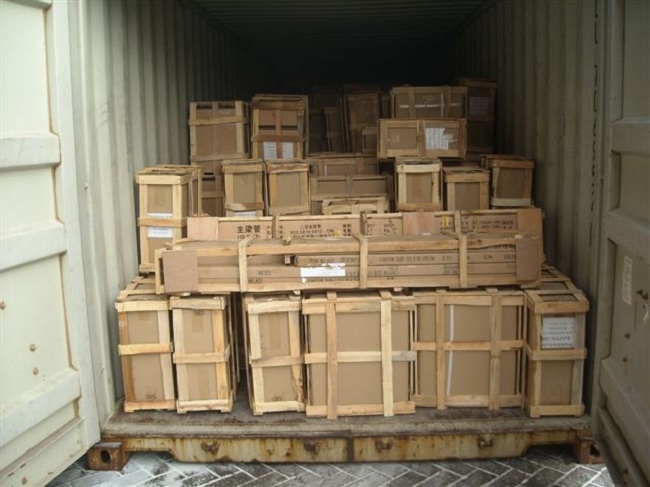
6. Wooden Boxes & Crates
When stuffing a container with wooden boxes and crates, place the heavy items on the container floor with the pallet access openings facing the container door.
If the crates are of uniform size and weight, they should be stacked directly one on top of the other. Dense crate loads may require dunnage over the lower level of crates to prevent damage.
Stuff small, unpalletized boxes and crates in much the same manner as cartons and place them on their sides or ends to maximize space, provided vendor instructions do not prohibit it.
Generally, boxes and crates containing liquids that may leak should be placed on the bottom of the load.
As with other types of cargo, the load should be braced to prevent boxes and crates from falling out when the container is opened at destination.
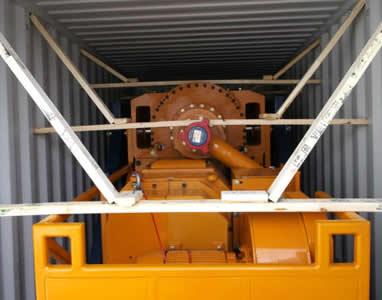
7. Machinery & Heavy-end Items
Loads must be carefully pre-planned when machinery and heavy-end items are to be stuffed into containers.
It should be noted that extreme weight will not in itself hold the cargo in place. Heavy cargo, though requiring no extra crating or boxing, should be placed on cradles or skids so the extreme weight is further distributed over a larger area.
Ensure that heavy cargo is securely braced and blocked on all sides to prevent any lateral or lengthwise motion, since its concentrated weight will cause major damage if the load shifts. All shoring and bracing must bear on a structural member of the container and not on the panel sides of the container alone. In some instances, extremely dense items may need to be bolted to the container floors. However, this should not be done without approval of the carrier.
To prevent vertical movement, the use of tie-downs and metal strapping can be used. If necessary, a bulkhead can also be installed before the container doors to increase safety when opening the container.
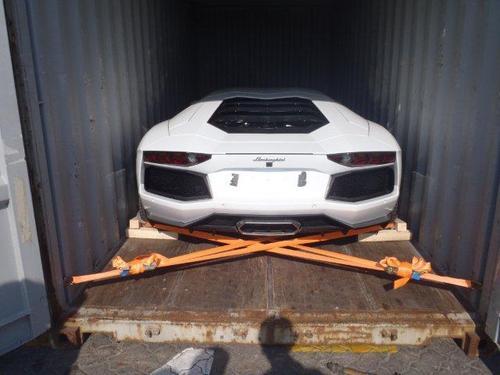
8. Vehicles
The exact method for securing vehicles in containers depends on the type and size of the vehicle being shipped; however, the following general rules apply:
- Place vehicles in gear with the hand brakes set.
- Disconnect battery and tape the cable terminals.
- Drain the fuel level to no more than 1/4 tank.
- Remove or protect breakable parts such as exterior mirrors and antennas.
- Secure vehicles to the floor, including chocking the wheels on all four sides, so that lateral or lengthwise movement is possible.
- Stack small vehicles in a standard container to obtain maximum cube use.
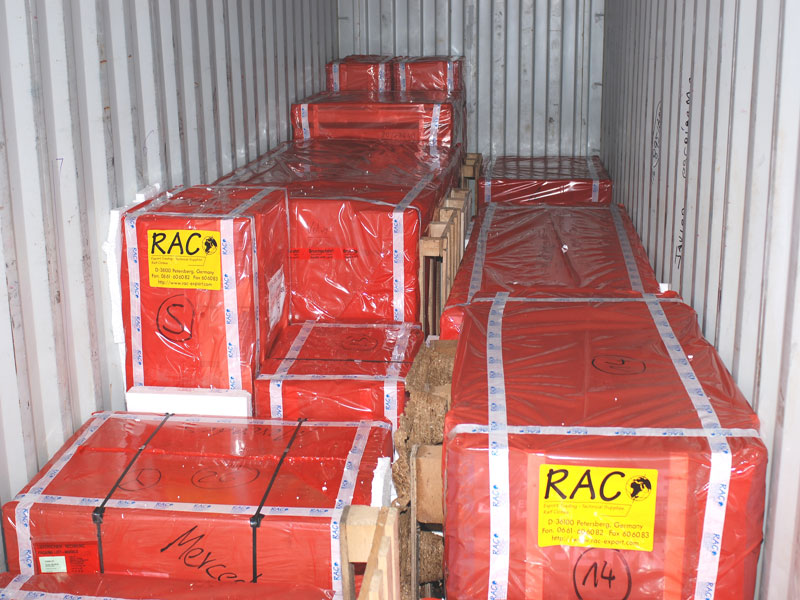
9. Mixed Commodities
Often, more than one commodity will be stuffed into the same container to achieve maximum container usage.
Along with the general stuffing techniques listed throughout this article, the following guidelines should be followed when stuffing mixed commodities:
- Never stuff a commodity giving off an odour with a commodity that would be affected by an odour. Certain cargo can be contaminated by contact with oil, dust, or vapours.
- When stuffing commodities with different packaging (cartons with crates), be sure to use dunnage between the different kinds to separate them and prevent damage.
- If wet and dry cargoes are stuffed in the same containers, use dunnage to separate the commodities.
- Container doors should not be used to secure loads. You can use bulkheads to prevent mixed or boxed cargo from contacting the container door.
- Do not stow hazardous materials of different classes in the same container if any segregation requirements are shown in the IMDG code for the different classes involved.
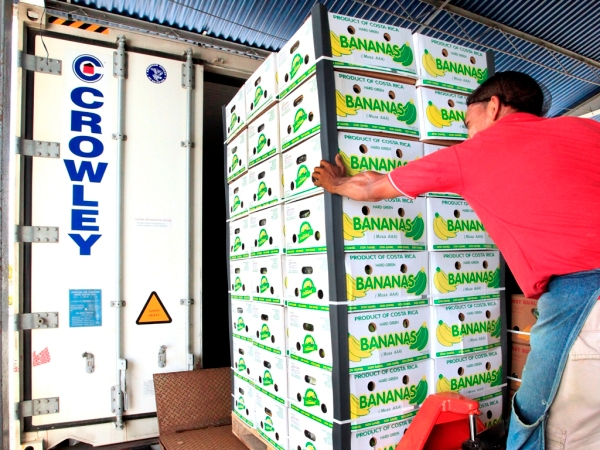
10. Perishables
Perishables should be transported in a refrigerated container or reefer. The reefer should be inspected for cleanliness and should be precooled before loading.
Some containers have drain holes in the bottom for cleaning purposes. Since these holes permit the entry of outside air and affect the temperature, they must be plugged before cargo is loaded in the container. The cargo should then be loaded as quickly as possible into the container. To learn more, read our article on what you need to take note of when stuffing refrigerated cargo
After Completion of Container Stuffing
After your cargo has been stuffed into the container, you should:
- Determine the correct cargo weight of the container.
- Affix a container seal to secure the container.
- Obtain the verified gross mass (VGM) of the container.
- Include the container number, the correct gross mass and, when required, the seal number and VGM in the appropriate documents.
- Provide a packing certificate when required.
Unloading/Stripping the Container at Destination
When your container has arrived at your destination, you should:
- Check that the container identification number and the seal serial number, match the ones on the transport documentation.
- Check the exterior of the container for signs of leakage or infestation. Examine the container for any signs of wet stains or holes in the sides or roof.
- Use proper equipment to cut the seal if affixed.
- Ensure the container is safe to enter. Be aware that the atmosphere in the container may be dangerous – ventilate before entering.
- Open the container with caution as cargo might fall out.
- Record every package as it is removed noting any markings and damages.
- Remove all securing and protection material for reuse, recycling or disposal.
- Clean the interior of the container to remove all traces of the cargo, especially loose powders, grains and noxious materials and fumigants, unless otherwise agreed with the container operator.
- Remove all marks, placards and signs regarding the previous consignment from the exterior of the container once it has been cleaned.
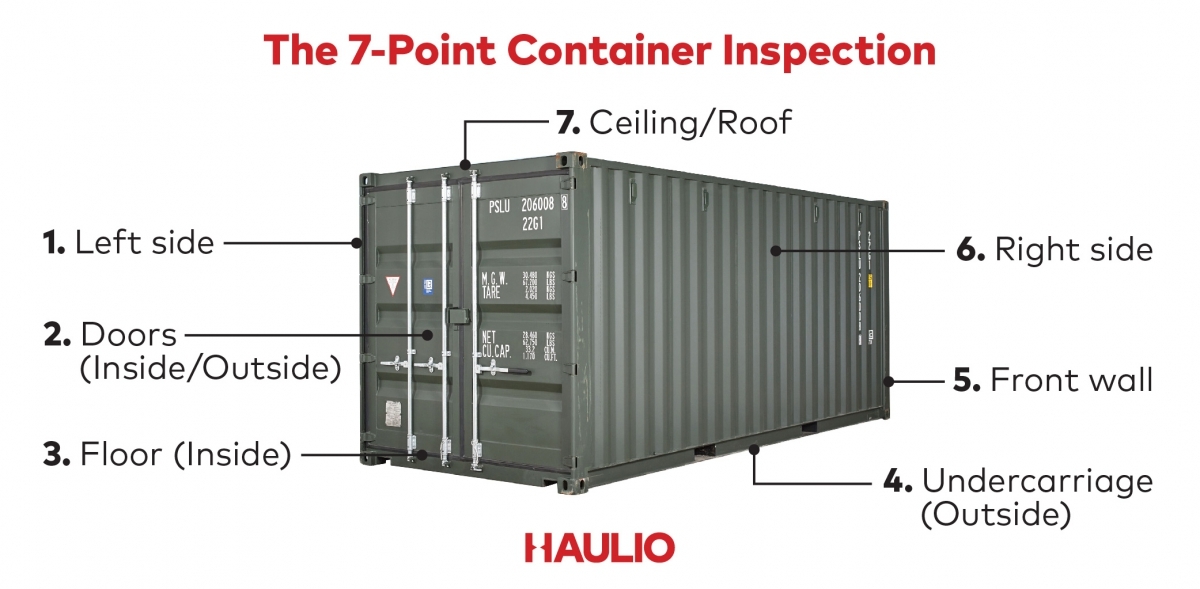
You can also make use of the 7-point Container Inspection Checklist as a general guide to checking your containers.
Check out our article on what you should check when inspecting your containers to download a comprehensive container inspection checklist!
Keen to Find Out More?
Get in touch via the form below and we’ll get back to you shortly!

